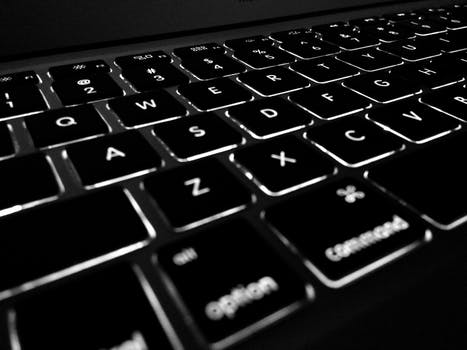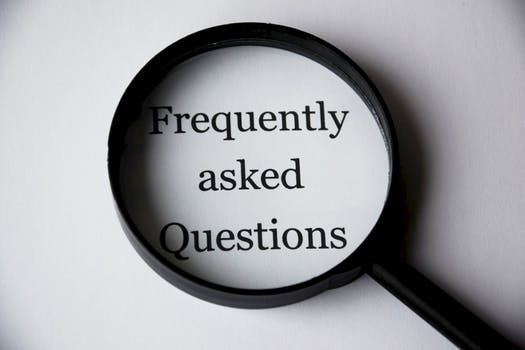TheDeveloperBlog.com
C-Sharp | Java | Python | Swift | GO | WPF | Ruby | Scala | F# | JavaScript | SQL | PHP | Angular | HTML
Pandas Time Series
Pandas Time Series with What is Python Pandas, Reading Multiple Files, Null values, Multiple index, Application, Application Basics, Resampling, Plotting the data, Moving windows functions, Series, Read the file, Data operations, Filter Data etc.
Pandas Time SeriesThe Time series data is defined as an important source for information that provides a strategy that is used in various businesses. From a conventional finance industry to the education industry, it consist of a lot of details about the time. Time series forecasting is the machine learning modeling that deals with the Time Series data for predicting future values through Time Series modeling. The Pandas have extensive capabilities and features that work with the time series data for all the domains. By using the NumPy datetime64 and timedelta64 dtypes. The Pandas has consolidated different features from other python libraries like scikits.timeseries as well as created a tremendous amount of new functionality for manipulating the time series data. For example, pandas support to parse the time-series information from various sources and formats. Importing Packages and Data
Before starting, you have to import some packages that will make use of numpy, pandas, matplotlib, and seaborn. You can attach the images to be plotted in the Jupyter Notebook, by adding %matplotlib inline to the code and can also switch to Seaborn defaults by using sns.set(): # import packages import numpy as np import pandas as pd import matplotlib.pyplot as plt import seaborn as sns %matplotlib inline sns.set() Date and time
The Pandas provide the number of functionalities for dates, times, deltas, and timespans. It is mainly used for data science applications. Native dates and times:
We have two native date and time available that reside in datetime module. We can also perform lots of useful functionalities on date and time by using the dateutil function. You can also parse the dates from a variety of string formats: Example1:
import pandas as pd
# Create the dates with frequency
info = pd.date_range('5/4/2013', periods = 8, freq ='S')
info
Output: DatetimeIndex(['2013-05-04 00:00:00', '2013-05-04 00:00:01',
'2013-05-04 00:00:02', '2013-05-04 00:00:03',
'2013-05-04 00:00:04', '2013-05-04 00:00:05',
'2013-05-04 00:00:06', '2013-05-04 00:00:07'],
dtype='datetime64[ns]', freq='S')
Example1:
import pandas as pd
# Create the Timestamp
p = pd.Timestamp('2018-12-12 06:25:18')
# Create the DateOffset
do = pd.tseries.offsets.DateOffset(n = 2)
# Print the Timestamp
print(p)
# Print the DateOffset
print(do)
Output: 2018-12-12 06:25:18 <2 * DateOffsets>
Next TopicPandas Datetime
|
Related Links:
- Pandas DataFrame.transform
- Pandas DataFrame.transpose()
- Pandas Series.map()
- Pandas Standard Deviation
- Pandas Series.to_frame()
- Pandas Concatenation
- Pandas.replace()
- Pandas Time Periods
- Pandas Series.value_counts()
- Pandas Append
- Pandas DataFrame.aggregate()
- Pandas DataFrame.assign()
- Pandas DataFrame.astype()
- Pandas count()
- Pandas DataFrame.describe()
- Pandas DataFrame.drop_duplicates()
- Pandas Groupby
- Pandas DataFrame.head()
- Pandas DataFrame.hist()
- Pandas DataFrame.iterrows()
- Pandas DataFrame.mean()
- Pandas melt()
- Pandas Pivot Table
- Pandas DataFrame.query()
- Pandas DataFrame.sample()
- Pandas Data processing
- Pandas shift()
- Pandas sum()
- Pandas DataFrame.where()
- Pandas DataFrame.corr()
- Pandas.dropna()
- Pandas.fillna()
- Pandas DataFrame.iloc[]
- Pandas Cheat Sheet
- Pandas Index
- Pandas DataFrame.isin()
- Pandas DataFrame.loc[]
- Pandas Multiple Index
- Pandas Reindex
- Pandas Apply
- Pandas Merge
- Pandas DataFrame.to_excel()
- Pandas Reset Index
- Pandas Set Index
- Pandas NumPy
- Pandas Boolean indexing
- Pandas Concatenating data
- Pandas Time Series
- Pandas Datetime
- Pandas Time Offset
- Pandas Convert string to date
- Pandas Plot


